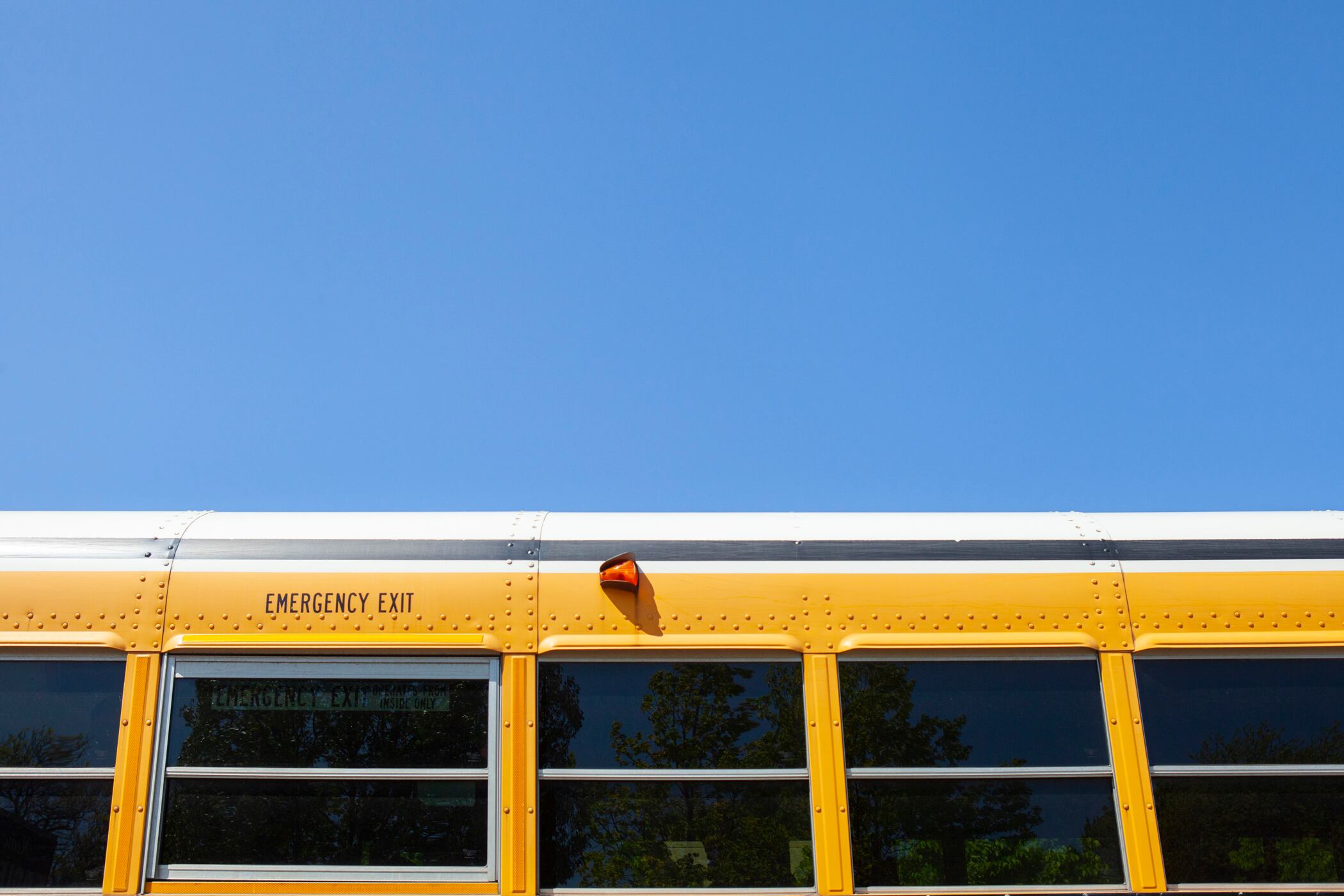Almost 80% of Chicago’s schools could get an overall budget boost next school year, according to preliminary plans, while one in five would see their budgets decrease.
The increases come as the district put additional dollars in special education and divided $44 million in equity grants among 255 campuses grappling with enrollment declines or located in high-needs neighborhoods. In all, Chicago says it plans to spend $125 million more on schools next year.
The district is staffing about 160 special education case managers in 170 schools, some of which will share those professionals. That’s an increase of 40 positions over the current school year — the outcome of contract talks with the Chicago Teachers Union, which pushed for expanding the ranks of student support staff.
To see your school’s preliminary budget, use the lookup tool below.
While the district tweaked its calculations for special education, Chicago stuck with its practice of budgeting based largely on student enrollment. That means for some schools with declining enrollment, the equity grants only partly mitigated funding losses. Roughly a fifth of the schools that received those grants still saw their budgets decline.
Overall, the district plans to put almost $2.8 billion into its campus budgets, or about $9,500 per pupil on average — an overall budget increase of about 5% over the current school year’s numbers. Chicago’s charter and contract schools could see an overall 1% funding increase.
The numbers released Wednesday highlight the wide spectrum of per-pupil amounts that schools receive from the district based on their student populations. The schools that will receive the most per student include some of the specialty campuses for students with disabilities and small alternative high schools for teens at risk of dropping out.
Beyond those, the highest per-pupil amounts of more than $25,000 would go to some of the district’s smallest high schools such as Manley Career Academy High School on the West Side, which has 84 students, and Frederick Douglass Academy High School, another West Side school serving about 60 students.
On the flip side, large selective-enrollment high schools such as Lane Tech College Prep, on the city’s North Side, and Jones College Prep in the South Loop — two of 11 high schools that require tests to get in — would receive about $7,000 per student.
The city allocated the least per student — in the $6,200 to $6,500 range — to Sauganash Elementary on the city’s Northwest Side, Mount Greenwood on the Far Southwest Side, and Lincoln Elementary in Lincoln Park. According to the state report card, those schools have fewer low-income students and students with disabilities compared with district averages.
District leaders said earlier this week that they have no intention of breaking with their student enrollment-based approach to funding, which some critics say does not give enough financial support to schools serving students with complex needs. The district does steer extra dollars to schools based on their special education and English learner populations. Overall, about 63% of school funding this year is based on enrollment, slightly less than last year.
“Student-based budgeting is the most equitable way to budget,” schools chief Janice Jackson said.
School funding for special education is slated to go up by more than $97.3 million while dollars for English learners ticked up about $685,000.
Union leaders again questioned the district’s reliance on that approach.
Stacy Davis Gates, the union vice president, said the formula continues to fuel a vicious cycle in which enrollment declines lead to funding and program cuts that in turn cause further enrollment losses. The district’s equity grants only temporarily prop up previously underfunded neighborhood schools with flagging enrollment, she said.
“We know student-based budgeting has exacerbated funding not going to the schools and communities that need it the most,” Davis Gates said.
Chicago’s budget process starts in the spring and continues into the summer, when the district releases details about its full budget, including central office and capital expenditures. It’s not yet clear how the coronavirus pandemic will affect school budgets in Illinois.
Chicago district leaders expressed guarded confidence in being able to fund the preliminary school budgets, with federal emergency coronavirus dollars offsetting added expenses to shift to remote learning. The state’s governor, J.B. Pritzker, has sounded more uncertain, saying Tuesday that he was working with legislators to see if increases for education included in a preliminary budget would come through at all.
Taft High School, on Chicago’s Northwest Side, could see a modest funding boost for the next school year. Mark Grishaber, the principal, said that he was mostly happy with what his school could receive, including more money per pupil for its low-income students and money to cover pay increases for educators.
But, Grishaber said, his school did not receive a special education boost in its preliminary budget. He hopes he can get additional dollars through the budget appeals process once the school has a better handle on its students’ needs next fall.
Grishaber said he is bracing for the economic fallout from the coronavirus outbreak and its effect on the school. For instance, more Taft students might qualify for subsidized lunch because of job layoffs, though many of its families include essential workers such as police, fire department or health care workers.
“I am hopeful that the economy does not hit our neighborhood too tough,” he said. “It’s a waiting game right now.”
Yana Kunichoff contributed reporting.





